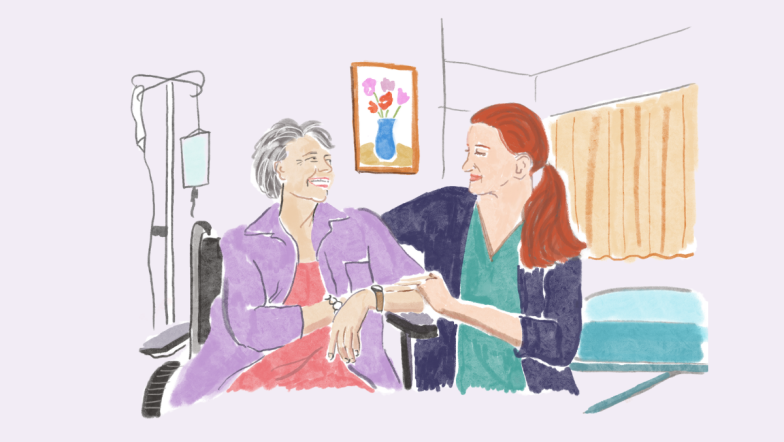Victorian Government to consult with not-for-profit sector about new Social Services Regulator
15 Sep 2021
Updated 17 Sep 2021
There are some big changes on the horizon for social service providers in Victoria. The Victorian Government is creating a new Social Services Regulator which will be operational from 2023. The key elements of this new regulatory framework are set out in the Social Services Regulation Act 2021 (VIC) but many important details will be finalised in the regulations.
The state government has already shown it is listening to the not-for-profit sector.
After discussions with Justice Connect and the Victorian Council of Social Services (VCOSS, the representative body for Victoria’s social and community sector), the government has agreed to establish a taskforce involving sector representatives to guide the development of regulations. It has also amended the Act to include some new key guiding principles to make it clear that the Regulator will:
- take a proportionate approach to risk (i.e. will work with providers to address minor problems and save its harsher enforcement powers for more serious breaches of the law)
- minimise regulatory burden, and
- provide guidance and education to service providers.
What will the new Social Services Regulator do?
The new Social Services Regulator replaces the current Human Services Regulator that is based within the Victorian Department of Health (formerly the Department of Health and Human Services). The new Regulator will maintain a register of social service providers in Victoria. It will have extensive powers to enforce new Social Services Standards, and it will also administer a scheme which will enable workers and carers to be excluded from providing social services on safety grounds.
Which social services will be regulated?
It is not clear at this stage.
However, explanatory materials suggest that the Regulator will apply to those already required to comply with the Human Service Standards through Victorian Government funding agreements, including out-of-home care services for children and young people and other community services, disability services that are not covered by the National Disability Insurance Scheme, supported residential, family violence, sexual assault, and homelessness services.
This key information will be finalised in the regulations following consultations with the sector.
What are the concerns with the Act?
There are many positive aspects to this Act. The primary purpose of the Regulator is to protect the safety of vulnerable community members and we believe the Regulator can do this in a way that promotes best practice, supports service providers and does not add unnecessary layers of regulation.
But there are some sections that we think need to be improved. We note that the Act:
- is unclear on many points that would need to be clarified in the regulations, particularly what types of social services will be covered by the new Regulator;
- establishes a Regulator with significant powers, including the ability to impose criminal penalties. Its purpose is to ensure the new Social Service Standards are complied with. These standards are high-level, broad and subjective. Details of how to comply must be included in the regulations.
Where is the process up to?
The Bill was tabled in early August and has now become law.
So far, the government has demonstrated goodwill and a willingness to listen to the sector by including key guiding principles in the Act and agreeing to establish a Social Services Regulation Taskforce to support and guide the development of regulations over the next 12 months.
The Taskforce will have an independent co-chair and include sector representatives as members. Consultation will begin immediately on: the terms of reference, appointment of the co-chairs, and membership of the Taskforce.
We will continue to keep you updated about the new Regulator, including the development of the Regulations and new Taskforce. To find out more, sign up to our monthly Not-for-profit Law update newsletter.


